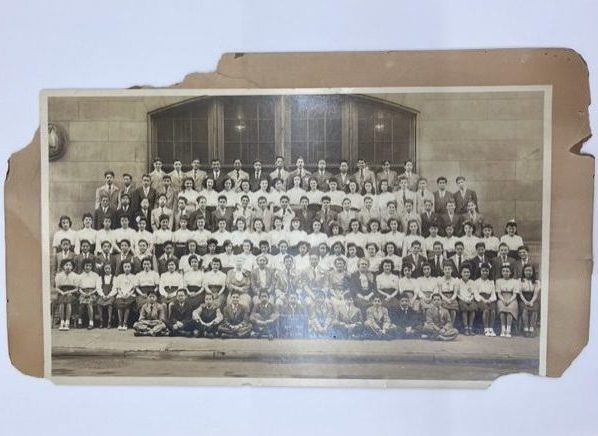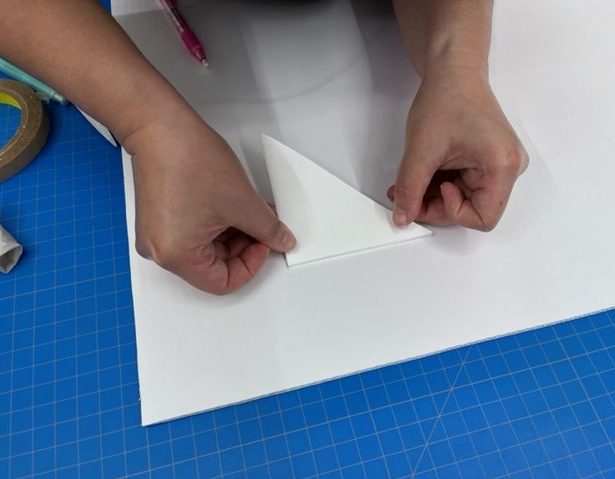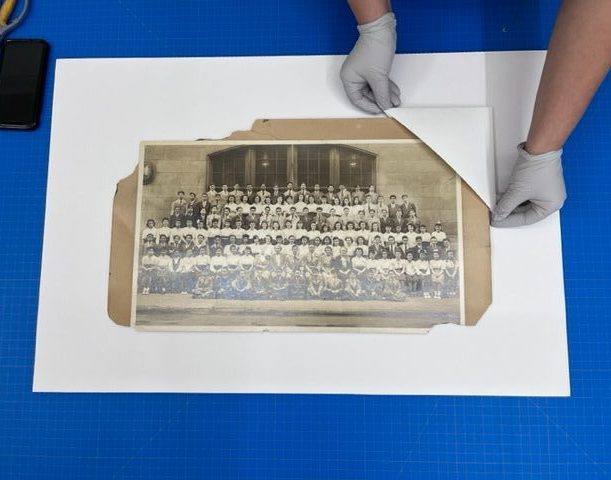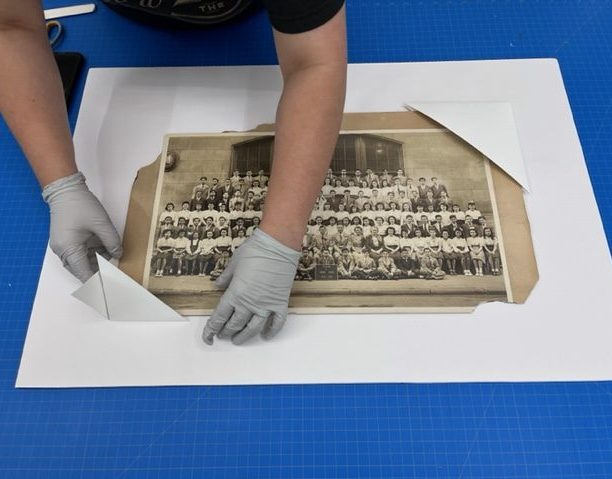Paper and photograph conservator Rachel Danzing instructed MOCA staff on how to construct custom-made housing for our fragile historical photographs. In the series of photographs below, a MOCA Collections staff member, Anna, is shown constructing her first frame backing for a 1945 class photo of P.S. 23 students.
Read阅读Read阅读Read阅读Read阅读Read阅读Read阅读Read阅读Read阅读Read阅读Read阅读Read阅读Read阅读Read阅读Read阅读Read阅读Read阅读Read阅读Read阅读Read阅读Read阅读Read阅读Read阅读Read阅读Read阅读Read阅读Read阅读Read阅读Read阅读Read阅读Read阅读Read阅读Read阅读Read阅读Read阅读Read阅读Read阅读Read阅读Read阅读Read阅读Read阅读Read阅读Read阅读Read阅读Read阅读Read阅读Read阅读Read阅读Read阅读Read阅读Read阅读Read阅读Read阅读Read阅读Read阅读Read阅读Read阅读Read阅读Read阅读Read阅读Read阅读Read阅读Read阅读Read阅读Read阅读
Fragile Photograph Rehousing Workshop

The photograph to be rehoused. Before constructing the housing, Anna determined that the upper right edge was particularly brittle and prone to breakage. Accordingly, the constructed a larger pocket specifically to house that edge in place.

Here, Anna is measuring in preparation to cut out one of two paper pockets to hold the photograph in place on its hard backing. For long term preservation purposes, it is important to use acid-free archival grade paper and board.

She has cut a triangle out of her square so that when folded, the paper forms a triangle that can act as a pocket to hold in place an edge of the photograph.




